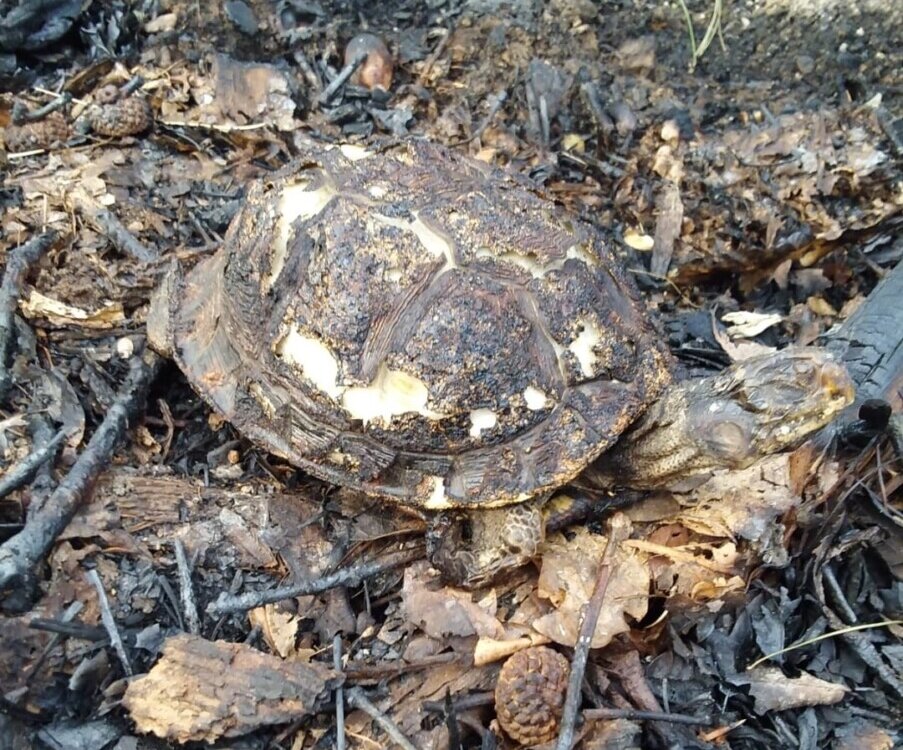
On Monday, the US Forest Service made comments erroneously asserting the necessity for prescribed burning in Hoosier National Forest and severely understating the impact the USFS Buffalo Springs Project would have on the historical Lick Creek settlement.
In response, Indiana Forest Alliance Executive Director Jeff Stant made the following statement:
“Thank you to the Herald-Times and reporter Maya Gray for covering the historical significance of the Lick Creek settlement, an area the Indiana Forest Alliance has been working to protect from destruction as part of the Buffalo Springs “restoration” project.
“Despite what the Forest Service says, Lick Creek is NOT protected from burning as part of their Buffalo Springs project. Even if the Forest Service tried to protect Lick Creek, they’ve already let multiple prescribed burns in national forests get out of control this year and recent burning in southern Indiana has left behind a trail of unintended destruction and death of wild animals such as salamanders, turtles and snakes.
“Burning does nothing to remove invasive plants. The first plants to move into a recently-burned area are usually the invasives – so prescribed burns are a guaranteed way to make the problem worse.
“As far as the claims of removing non-native pine stands to protect oak-hickory growth, the problem is twofold. 1) IFA had to point out to the Forest Service that a significant portion of the stands they thought were pine (and were planning to torch) were actually oak-hickory and that natural regeneration of native hardwoods is occurring in virtually all pine stands in the Buffalo Springs area, and 2) the entire area around Lick Creek has been classified by the Forest Service as “Prescription 6.2” meaning that the management plan, by law, is supposed to let nature take its course – not pick and choose species of trees to win out over others. Burning pines, beech, maple, poplar and other native hardwood species for the supposed benefit of oak-hickory is contradictory to the Forest Service’s own management plan.
“We at IFA remain hopeful that the Forest Service will eventually have the humility to recognize that fire is not, and has never been, a significant form of natural disturbance in Indiana’s hardwood forests. There is already very significant natural regeneration of oak, hickory and other hardwoods occurring in the Buffalo Springs project area, leaving absolutely no reason for the Forest Service to wreak havoc on these forests.”
The full article including the comments from the US Forest Service can be found here.
